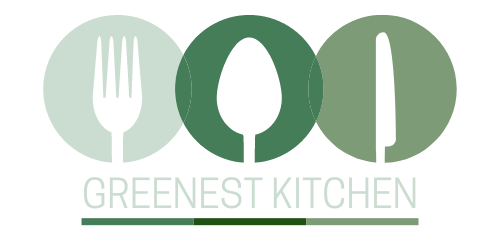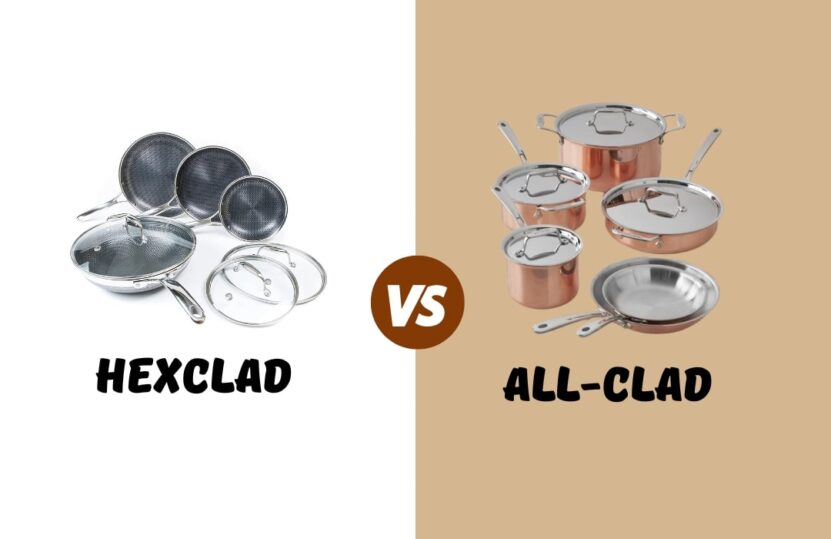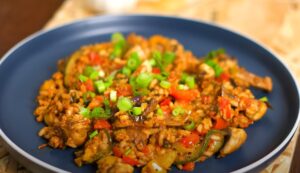Have you ever gone round and round with your friends, arguing about pots and pans? Hexclad or All-Clad – which one is really better? They both say they’re the tops, but it’s hard to know for sure! Well, I did the research, so you don’t have to.
In this article, I’m gonna go toe-to-toe with Hexclad and All-Clad. We’ll look at everything from what they’re made of to how they cook. By the end, you’ll know exactly which one is the best match for your cooking and your kitchen. One of these babies will be your favorite thing in the whole kitchen…but which one? Let’s find out!
Durability and Performance Comparison
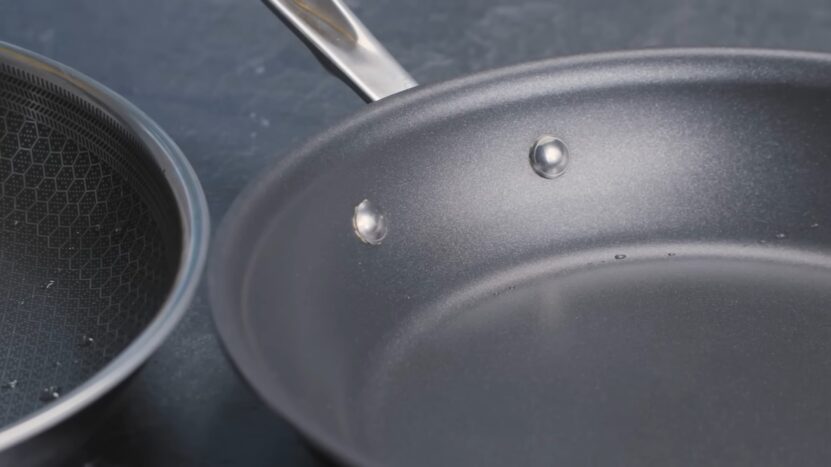
Here are the key differences in durability and performance between Hexclad and All-Clad:
| Feature | Hexclad | All-Clad |
|---|---|---|
| Construction | Seven-layer design with stainless steel and non-stick layers; hexagonal pattern for durability | Three-ply construction: stainless steel core, aluminum, and magnetic stainless steel exterior |
| Heat distribution | Even heat distribution due to hexagonal design | Even heat distribution from edge to edge due to multi-layered construction |
| Scratch resistance | High scratch resistance because of raised hexagonal edges | Good resistance, but primarily depends on care and use |
| Non-stick performance | Enhanced non-stick properties due to hexagonal design and coating | Depends on the specific product line (not all are non-stick) |
| Dishwasher safe | Yes | No, hand washing recommended to maintain finish |
| Oven safety | Safe up to 500°F (260°C) | Varies by line, but generally safe up to 600°F (315°C) |
| Weight | Lightweight compared to traditional metal pans | Varies by product, generally heavier due to multi-layer construction |
Design and Aesthetics Comparison
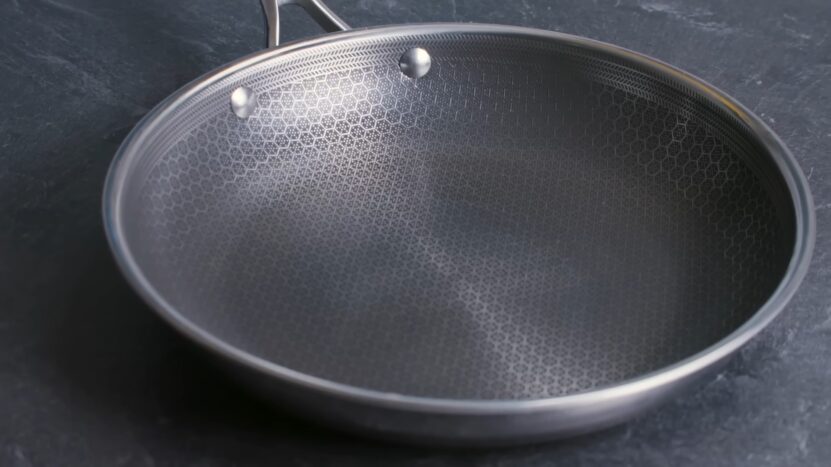
When comparing Hexclad and All-Clad cookware, there are several design and aesthetic aspects to consider. Both differ in their materials, shapes, and sizes ranging from pots to pans. Let’s see:
Hexclad:
- Construction: A unique seven-layer build, incorporating three types of stainless steel and a non-stick coating, accented with a distinctive hexagonal pattern.
- Aesthetic Appeal: Offers a stylish look with its hexagonal ridged pattern, adding both visual interest and functional heat conduction.
- Variety: Provides eco-friendly options and versatile shapes, including pans with low sides for easy food flipping.
All-Clad:
- Materials: Utilizes multiple layers of stainless steel, ensuring even heat distribution without a non-stick interior coating.
- Classic Style: Maintains a traditional stainless steel appearance, exuding a timeless kitchen aesthetic.
- Options: Features a range of sizes, from saucepans and stockpots to large rectangular roasting pans, suitable for big meals.
Price Comparison
When it comes to Hexclad vs All-Clad pots and pans, price is a big deal. Hexclad is the cheaper choice, for sure. But how much an All-Clad costs depends on which kind you want.
On average, an All-Clad frying pan or pot will set you back anywhere from $100 bucks to $400 or more. Hexclad is way less expensive in comparison. You can find a 10-inch frying pan for around $60. Anything up to 14 inches won’t cost over $100. And there are deals when you buy more at once, so Hexclad is perfect if you’re watching your budget but still want quality cookware.
Cleaning and Maintenance
There are some differences between the two based on their respective construction methods:
- Hexclad cookware is composed of an exterior layer of magnetic stainless steel which is also scratch-resistant and dishwasher safe, making it easier to clean and maintain.
- All-Clad cookware is composed of several layers of aluminum and stainless steel layers that have been bonded together for optimal heat transfer. The pans in this range have a classic stainless steel finish that does not contain any non-stick chemicals or coatings – meaning it may require additional effort to clean unwanted residue from the cooking surface without scratching or damaging the pan’s finish. All-Clad pans should not be put in the dishwasher, so you need to hand wash them.
Pros and Cons of Hexclad vs All-Clad Cookware
If you want to make an informed decision, check the pros and cons of Hexclad and All-Clad cookware:
Hexclad:
- Durable construction
- Excellent heat distribution
- Nonstick coating
- Expensive
All Clad Cookware:
- Affordable
- Durable construction
- Not PTFE/PFOA free
FAQs
Conclusion
So in the end, it is safe to say that both brands each got their good points that can make cooking easier.
All-clad pots have a few layers of metal and sometimes different’ handles or lids. Hexclad pans are made with layers, too. This stuff can change how well they heat up and cook your food.
But what really matters is what YOU need for YOUR kitchen. Maybe you bake a lot so an even heat pan works best. Maybe you need something lightweight to move around easily. They are both quality brands, but you gotta choose what’s right for YOU.
The only way to know for sure is to try them out yourself and see which pans you feel best with. Don’t stress too much about it – in the end any of these will do the job right as long as you cook with care. Just go with your gut and don’t forget to enjoy eating the results!

Hello guys, I’m a 36-year-old mother who runs a small business selling healthy snacks. I love to cook, and because I was a stay-at-home mom for a long time, I tried a lot of different things around the house. I’m glad that I can spend my free time writing on this blog with my two best friends.
